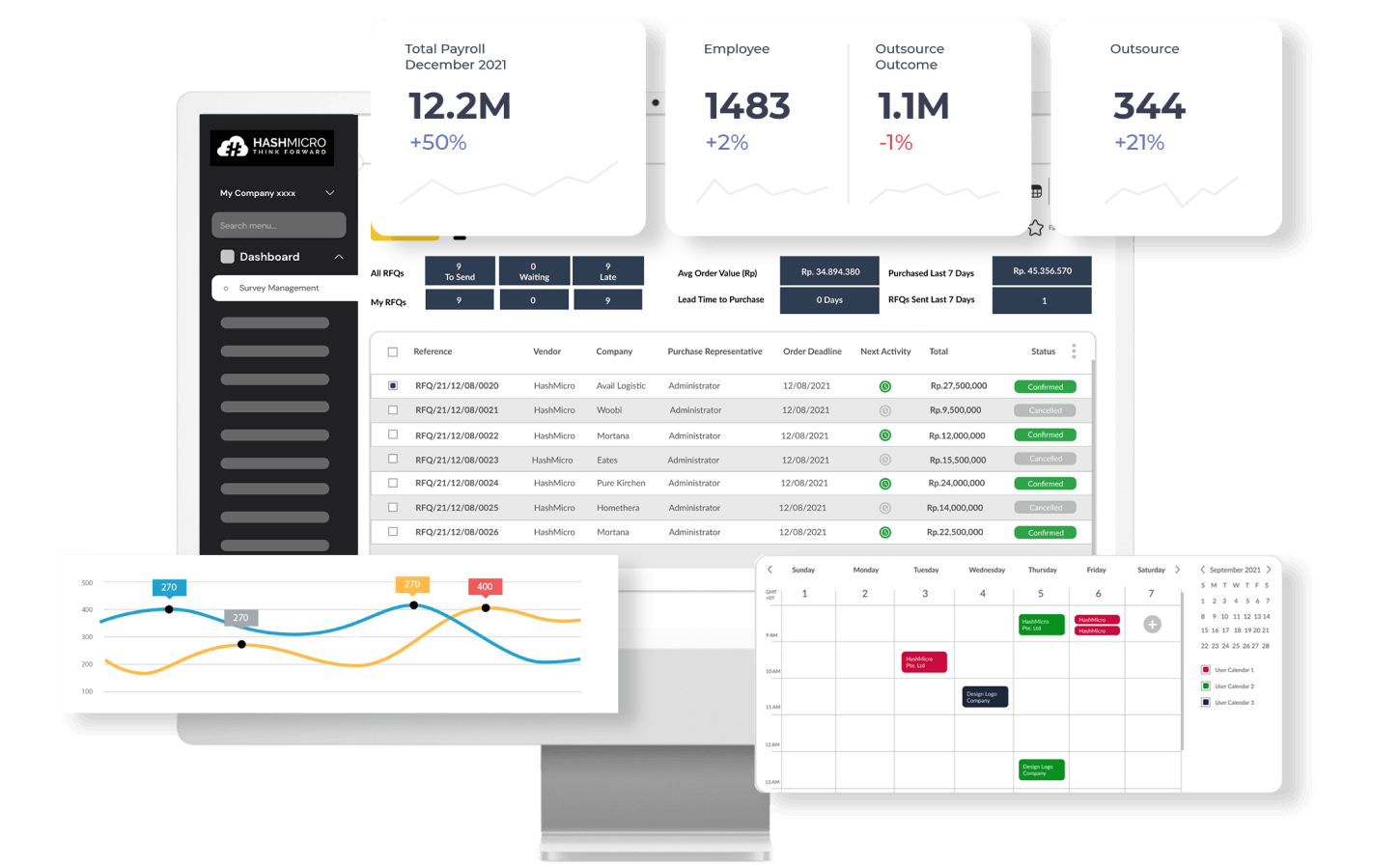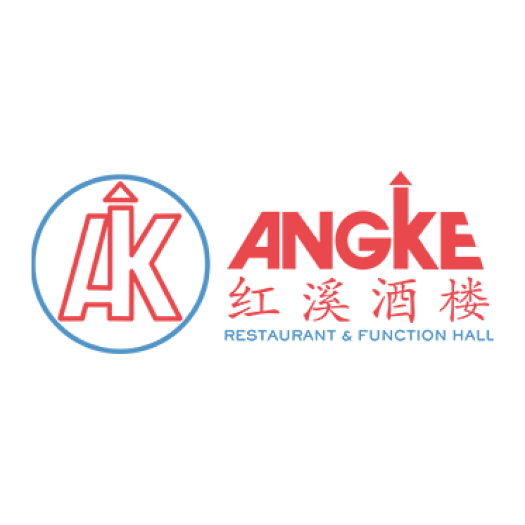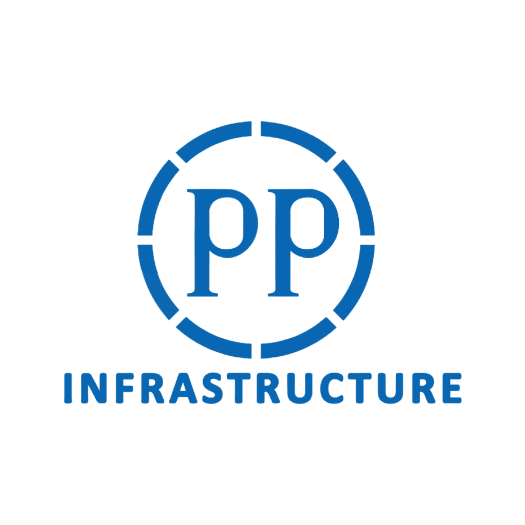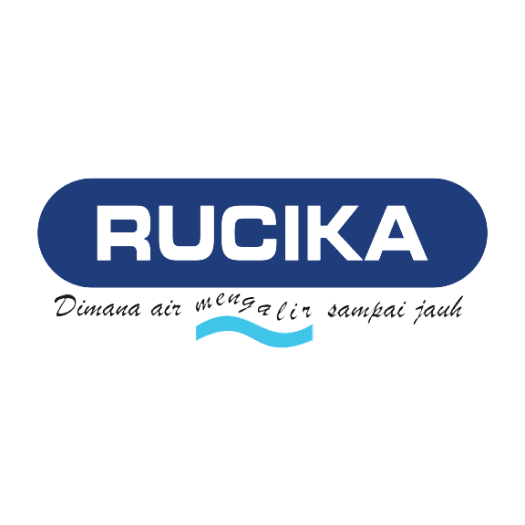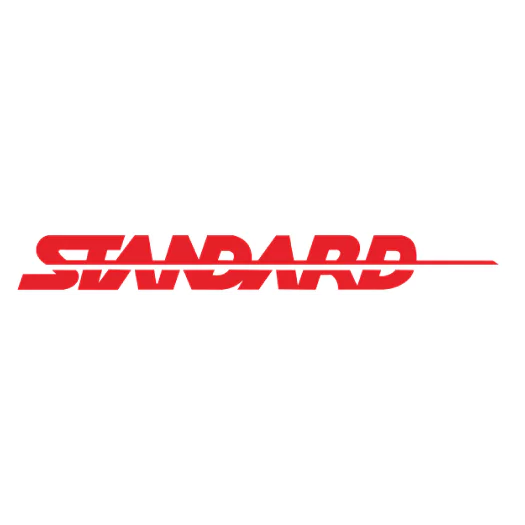Steel is not just a building material, it is the foundation for progress in industries that demand strength, speed, and long-term value. A steel structure is a frame made primarily of steel, designed to deliver durability, design flexibility, and construction efficiency.
Supported by advances in steel production, these structures play a key role in helping businesses scale and adapt to future needs.
For business leaders, the question is not only what steel structures are but why they matter for resilience, cost optimization, and sustainable growth. This article will explain their benefits, applications, and how technology can streamline projects from design to implementation.
Key Takeaways
|

What are Steel Structures?
Steel structures are construction frameworks that use steel as the primary material for beams, columns, and other supporting components. They are widely recognized for their strength, durability, and ability to withstand heavy loads while allowing flexible and efficient designs.
Compared to traditional materials, steel offers faster installation and greater scalability, making it a preferred choice in industries such as manufacturing, logistics, and large commercial projects.
For business leaders, steel structures are not only about building strong facilities but also about ensuring predictable costs, reducing downtime, and creating a foundation that can adapt to future growth.
What are the Types of Steel Structures?
Understanding the various types of steel structures is crucial for making informed investment decisions. Each type serves specific functions, offers unique benefits, and can significantly impact project costs, construction time, and long-term business performance.
1. Conventional steel structures
Conventional steel structures are built on-site using standard steel sections such as beams and columns. They are commonly used in extensive industrial facilities, factories, and commercial complexes that require wide spans and heavy load-bearing capacity.
This type of structure allows for flexible design adjustments during construction, although it often requires more time and skilled labor compared to prefabricated solutions.
2. Pre-Engineered Steel Structures (PEB)
Pre-engineered steel structures are manufactured in factories and assembled on-site, which significantly reduces construction time and labor costs. They are especially popular for warehouses, logistics hubs, and manufacturing plants where speed and cost predictability are critical.
For businesses, PEBs offer the advantage of scalability, as they can be expanded or modified with minimal disruption to ongoing operations.
3. Light-gauge steel structures
Light-gauge steel structures utilise thin steel sheets formed into various shapes, providing strength while maintaining a lightweight design. They are commonly applied in residential buildings, small offices, and extensions.
Although not designed for weighty loads, they are highly cost-effective and easy to assemble, making them attractive for businesses that prioritize budget efficiency and shorter project timelines.
4. Modular or hybrid steel structures
Modular or hybrid steel structures combine steel with other materials such as concrete or glass to create versatile, customized buildings. These structures are ideal for complex projects like corporate headquarters, high-rise offices, or specialized facilities where both aesthetics and performance are essential.
Businesses benefit from the flexibility of modular construction, as it allows sections to be prefabricated and installed quickly, reducing downtime and ensuring smoother project management.
What are The Benefits of a Steel Structure?
Steel structures offer several benefits that make them a preferred choice across industries. Below are some of the key benefits businesses can gain from adopting steel structures in their projects:
- Steel can withstand heavy loads, extreme weather, and long-term use with minimal maintenance, ensuring reliable operations over time.
- With prefabricated components and efficient on-site assembly, businesses can reduce project timelines and minimize costly delays.
- Lower labor requirements, reduced material waste, and long-term savings from durability make steel a cost-effective investment.
- Steel structures can be customized to fit diverse business needs, whether for factories, warehouses, or commercial spaces.
- Facilities built with steel are easier to expand or modify, supporting future business expansion with minimal disruption.
Advantages and Disadvantages of Steel Structures
While steel structures are widely used across industries, business leaders need to understand both their strengths and limitations. Evaluating these factors helps decision-makers balance costs, timelines, and long-term business goals before committing to a project.
| Advantages | Disadvantages |
|
|
Steel Structure Applications
Steel structures are widely used across industries because they combine strength, flexibility, and cost efficiency. Their applications range from industrial facilities and warehouses to commercial buildings, transportation hubs, and large-scale infrastructure.
For businesses, choosing steel structures means gaining reliable facilities that can adapt to expansion needs and provide long-term operational stability.
- Industrial and Manufacturing Facilities: Steel structures are commonly used in factories and production plants because they can support heavy machinery, provide large open spaces, and allow easy layout modifications as operations grow.
- Warehouses and Logistics Hubs: With the demand for faster supply chain operations, warehouses and distribution centers often rely on steel structures for durability, scalability, and rapid construction
- Commercial and Office Buildings: Steel frameworks make it possible to design modern office towers and commercial complexes that are both aesthetically appealing and structurally reliable, supporting long-term business operations.
- Infrastructure and Public Projects: From bridges to airports, steel structures play a crucial role in large-scale infrastructure where strength, safety, and efficiency are top priorities.

Streamlining Steel Structure Projects with HashMicro’s Manufacturing Software
Steel structure projects are complex, involving multiple stakeholders, supply chains, tight schedules, and significant costs. Delays, material waste, and limited visibility across teams often lead to higher expenses and slower delivery.
HashMicro’s ERP manufacturing system helps overcome these challenges with an integrated platform that connects production, inventory, cost management, and quality control. With greater automation and visibility, businesses can streamline workflows, reduce inefficiencies, and deliver steel structure projects with higher precision and profitability.
Key features:
- Automated Production Planning: The system enables precise scheduling of production activities, ensuring that steel components are manufactured and delivered on time to meet project deadlines.
- Real-Time Inventory Management: Businesses can track raw materials, semi-finished goods, and finished steel components in real time, reducing the risk of stock shortages or excess inventory.
- Cost Control and Budget Tracking: With detailed expense monitoring, managers can compare projected budgets with actual costs, helping companies maintain profitability and avoid financial risks.
- Quality Assurance Monitoring: Built-in quality checks help ensure that every steel component meets industry standards, minimizing rework and maintaining client satisfaction.
- Integrated Project Visibility: Centralized dashboards provide a clear view of project progress, allowing executives and managers to make faster, data-driven decisions.
Conclusion
Steel structures remain one of the most reliable choices for businesses seeking durability, flexibility, and long-term value in their projects. From industrial facilities to commercial developments, the benefits of steel can directly support business growth and operational efficiency.
However, to fully maximize these advantages, companies need the right tools to manage costs, streamline workflows, and ensure timely project delivery.
HashMicro’s manufacturing software provides the automation and visibility needed to handle every stage of steel structure projects with confidence. By integrating production, inventory, and cost management, it empowers managers and executives to make smarter, faster decisions.
If you are ready to optimize your projects and achieve better results, explore how HashMicro can support your business with a free demo today.

FAQ Steel Structure
-
What is the method of steel structure construction?
Conventional steel fabrication is the traditional method of constructing steel structures. The process involves designing, measuring, cutting, bending, and welding steel plates and sections to create the desired structure.
-
Which steel is the weakest?
Low-carbon steels are weaker and softer, but can be machined and welded easily; while high-carbon steel is stronger, but significantly harder to process.
-
Which is better RCC or steel structure?
RCC structure has less tensile strength than Steel Structure. Steel structure has more tensile strength than RCC structure. Reinforced concrete framed structure is less resistant to Earthquake and Wind. Steel framed structure is more resistant to Earthquake and Wind.


